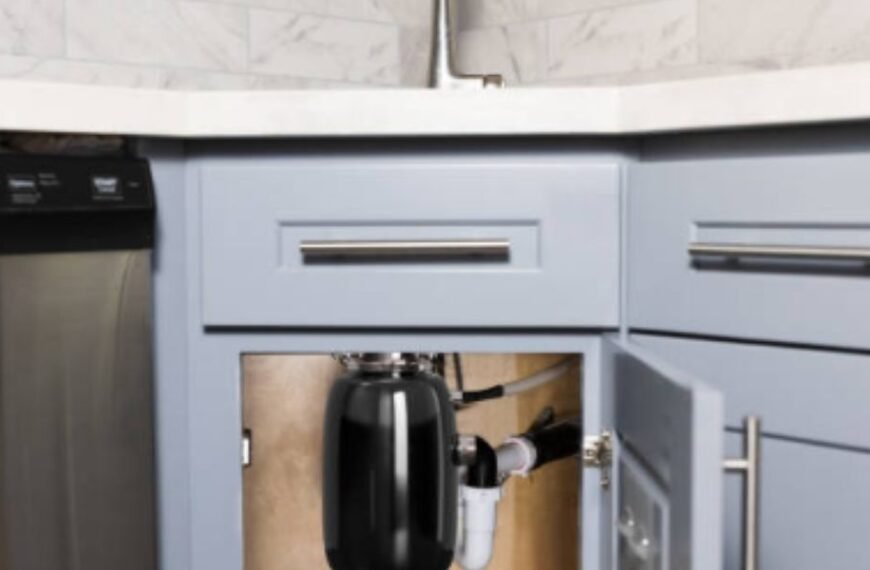You run your own business, you handle six clients, your Stripe account is buzzing, yet a mortgage lender still asks for your last three payslips.
That’s the moment it hits: traditional lending isn’t built for the self-made.
But here’s the good news; there’s a growing number of loan products designed for entrepreneurs and gig workers who’ve built strong income streams outside the nine-to-five.
If you’re ready to stop jumping through outdated hoops and start building a future on your own terms, you’ll want to see what’s now possible in modern mortgage lending.
Why Payslips Don’t Tell the Full Story
Traditional mortgage applications lean hard on regular W-2 income as a measure of financial stability. Lenders like tidy paperwork. But entrepreneurs live in quarterly fluctuations, not biweekly paychecks. A freelancer might earn nothing in February and triple their monthly goal in March. That kind of inconsistency throws up red flags for conventional lenders, even if the annual income adds up just fine.
The problem isn’t how much you earn, but how you prove it. This disconnect forces self-employed professionals to either delay buying a home or get creative about their approach.
Enter Bank Statement Loans
If you’re not salaried, traditional mortgage programs may not be a fit. This is where non-QM (non-qualified mortgage) products step in, designed specifically for people with unconventional income streams.
One of the most flexible options is the bank statement loan, which uses business or personal bank statements to calculate income instead of W-2s or pay stubs. Lenders offering these products look at deposits over time rather than your tax-deductible bottom line.
Some institutions have refined this offering to meet the needs of business owners with healthy cash flow. For example, Griffin Funding specializes in these kinds of innovative solutions, evaluating real income through deposits rather than tax write-offs.
Documents That Matter More Than a Payslip
Getting a mortgage without payslips doesn’t mean skipping documentation. Most alternative lenders will ask for 12 to 24 months of statements to get a feel for your income patterns and cash flow. Although not always required for every non-QM loan, well-prepared tax returns can still work in your favor.
Particularly helpful for sole proprietors, a clear profit and loss statement can outline your earnings, expenses, and overall financial health.
A certified letter from your accountant verifying your self-employment status and income structure adds credibility and helps you get on the property ladder.
Business licenses or incorporation documents confirm the legitimacy and longevity of your operation.
Tips to Strengthen Your Application
Even the most flexible lenders expect a certain level of financial organization before approving a mortgage. One of the first steps is separating your business and personal finances. Clean, traceable records not only simplify the process but also signal to lenders that you run your operations professionally and responsibly.
It also helps to build a savings buffer. Lenders want to know you can handle slow months without defaulting on your mortgage. Demonstrating that you have reserves set aside shows long-term stability.
A strong credit score can help reduce the perceived risk associated with non-traditional income streams. It’s a clear marker that you pay bills on time and are generally a reliable borrower.
Another way to increase your chances is by lowering your debt-to-income ratio. The fewer liabilities you carry, the better your financial picture looks.
Qualify for Home Loans Today
Being self-employed should give you more control over your future; not less.
If you’re serious about buying, get your records in shape, align with lenders that speak your language, and rethink how homeownership fits into your business journey.









